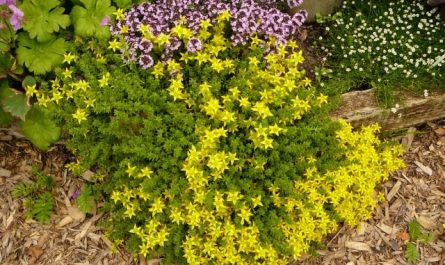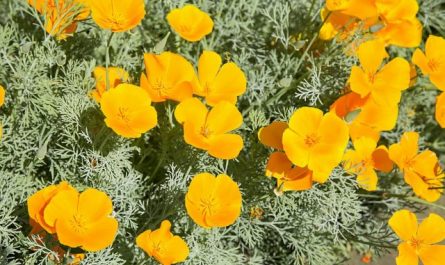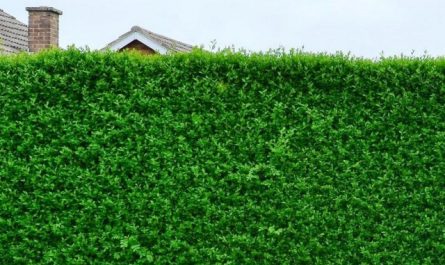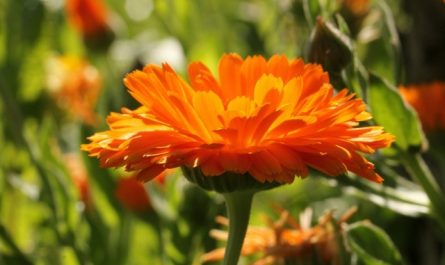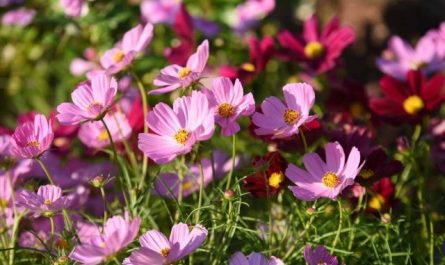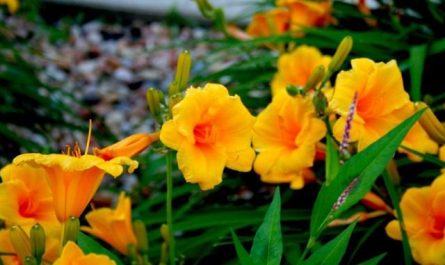The flowers of mignonette are inconspicuous and small. But this plant is valued not for its external beauty, but for its strong, pleasant aroma. On the packet of seeds, producers sometimes depict a bottle of perfume. And this is no coincidence – mignonette is actively used in the perfume industry.

Not so long ago this plant was quite common here, but now it has begun to be displaced by other flowers and ornamental plants. But mignonette is worthy of taking a special place in the flower garden. By the way, it is known that Napoleon brought mignonette seeds from Egypt to his beloved Josephine. In the south of France, popular perfumes were made from fragrant mignonette in the last century, and later it began to be cultivated in many other countries.
Description of Reseda
Reseda belongs to the genus of annual and biennial, occasionally perennial herbaceous plants from the Resedaceae family, of which there are about 60 species. In our country, two species are most often grown: fragrant and white reseda.
Reseda fragrant, or Reseda odorata (Reseda odorata) is an annual crop. The stem is 20-40 cm high. The bush is spreading, with strong branching, upright. The inflorescence is a dense pyramidal spike-shaped brush.
White Reseda (White house) looks very attractive and at the same time has a pleasant aroma. It has tall inflorescences with snow-white flowers, unpretentious in care. Blooms in June-September.
The fruit is a capsule, open at the top. Therefore, the seeds easily fall out. Florists advise collecting them before they are fully ripe, but not green. They should be dark with a metallic sheen. The seeds ripen well.

Growing and caring for mignonette
Reseda is a light-loving and cold-resistant plant. It prefers fertile, non-acidic soils with a high lime content. It tolerates partial shade.
Mignonette is propagated by seeds, which are sown in March in pots or in open soil in April-May.
To make the flowering more dense, it is necessary to remove faded inflorescences. When growing from seedlings, keep in mind that seedlings do not tolerate transplanting without a lump of earth, and then get sick for a long time.

Using Reseda in Design
Reseda is used to decorate flower beds, balconies, for cutting, it is also grown in pots on windowsills, and is used for winter forcing.
To enjoy the aroma of mignonette, plant the plant near the house, gazebo, along the paths. But do not place other flowers with a strong aroma near this plant, for example, stock.

Medicinal properties of mignonette
But, besides the aroma, mignonette has another valuable quality – it has medicinal properties. By the way, the name itself comes from the Latin “resedae” – to treat, to calm. It is used only in unofficial medicine as a painkiller, diuretic and diaphoretic.
Beekeepers also value mignonette, because this plant is an excellent honey plant. In taste and aroma, mignonette honey is almost as good as linden honey: it is very fragrant.








